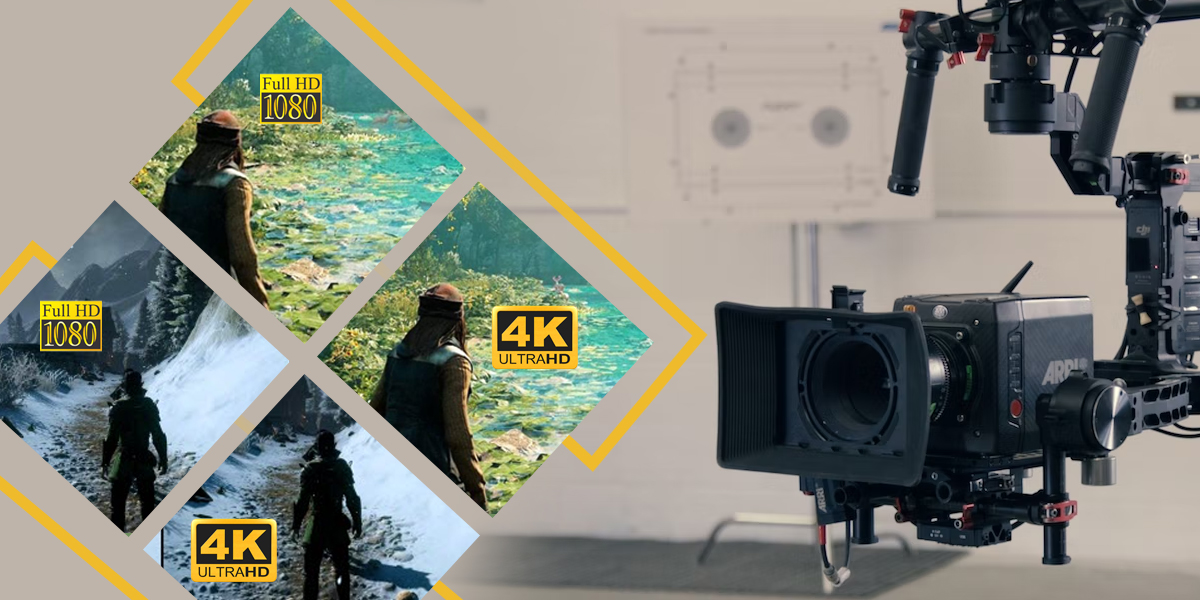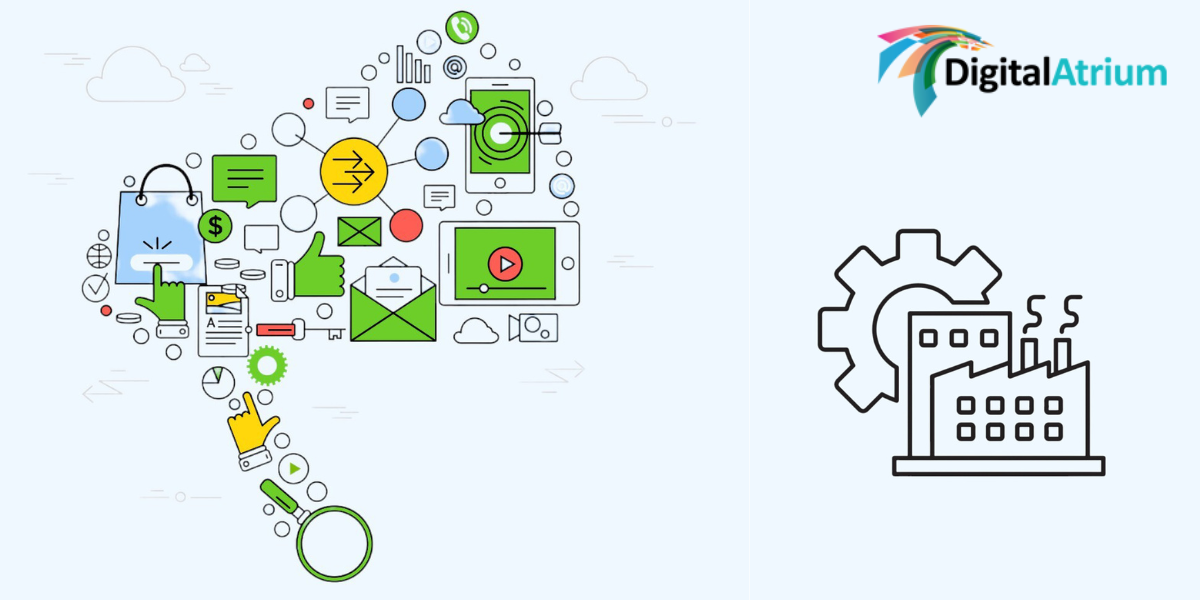The world is getting more digitized than ever before and many things in our lives are going online more than ever, as the digital transformation progresses. Visuals or graphics are always a preferred medium for all kinds of digital users and netizens. Commercially too visual media is gaining more attention from audiences than any other format.
Understanding the different types of resolution for digital visual formats is a basic knowledge needed for anyone interested in videography or digital photography. The term 4k refers to a resolution of approximately 4,000 pixels with reference to a similar lens resolution specification which is common to videography and photography. By design several 4k resolutions exist and are used in digital cinematography and digital television, the most dominant being the 4K UHD (3940×216-p) format in consumer media.
Pros of 4K
In visual media, clarity is a critical factor and 4K is a way to achieve high clarity and quality of images. 4K cameras and 4K screens have 4 times the pixels a 1080p screen has and the difference can be seen in the sharp lines and bright colors of the display.
4K Television screens also seem to display HD content better and include HDR technology to improve the overall image quality offered by the density of pixels in 4K.
Cons of 4K
There are some disadvantages of 4K video that need to be noted. Use of 4k resolution may require a partial or full upgrade of the production/editing system. This would include the upgrade of memory cards, storage drives, RAMs, Computers, displays, and even the lenses involved. This also incurs costs and holds true not only for producers of 4K content but also the consumers.
Another factor is that as 4K tech is new, it is slow to get adopted by photographers and videographers. Plus, they may be hesitant to incur the cost of change. Sharing files and adapting to the format can be challenging owing to its large size. Therefore, some may convert them to HD, but they need to be stored in 4K resolution for future use.
Editing and post-production possibilities
As technology advances, 4K video is now spreading from TVs to other media and products, including digital cameras and camcorders. But that’s not all! 4K has opened up exciting opportunities and possibilities in editing and production. By cropping visuals from 4K images, zoom shots and panning shots can be made in 8-megapixel equivalent resolution.
How the 4K format is getting popular
Owing to the high resolution of 4K imaging, the format is getting popular on all kinds of platforms. The format is adopted in developing Presentations, Demo Videos, Explainer Videos, Product Videos, Software Demo Videos, Corporate Videos, and Award & Event Recordings.
This 4K format is also being increasingly used in websites, Video Marketing, and YouTube SEO campaigns and in many other channels that support 4K, such as video streaming. OTT content is also being delivered in 4K Ultra HD for its high-quality seamless delivery. With enhanced technologies being available and deployed, like OLED, mobile apps and mobile devices too are increasingly supporting this video format.
Digital Atrium has a Multimedia team to digitally transform your business or service with visual content online, using a dynamic website or video channels and with supportive mobile applications. We can build your digital entity with all the add-ons and applications required, to keep your business or service online and running profitably. The online system can be built, customized, or integrated to sustain your existing business, service, or brand. Find out more about us on this website. We can work as a reliable partner for your digital aspirations. You can also leave us an enquiry and our team will get in touch with you soon.





